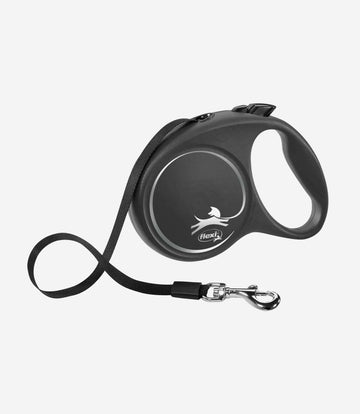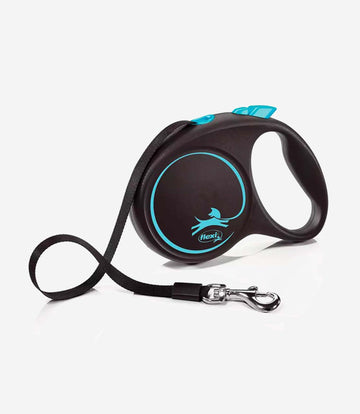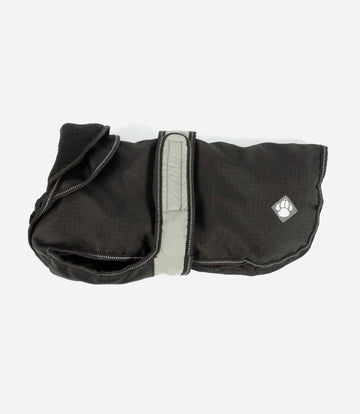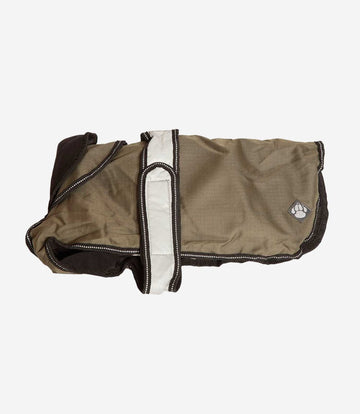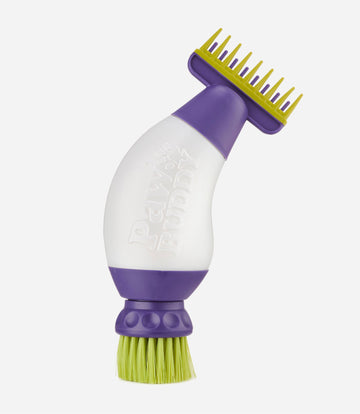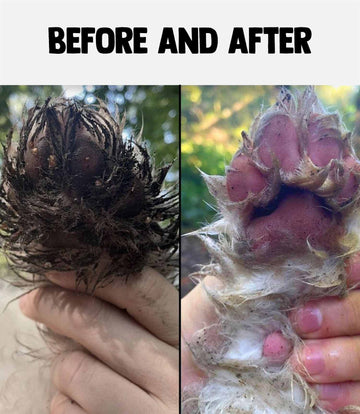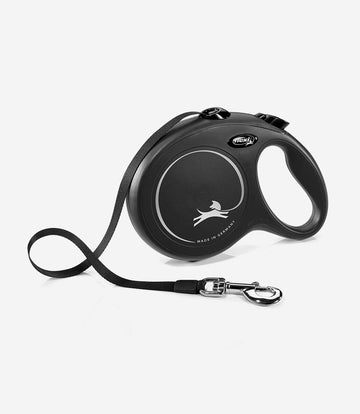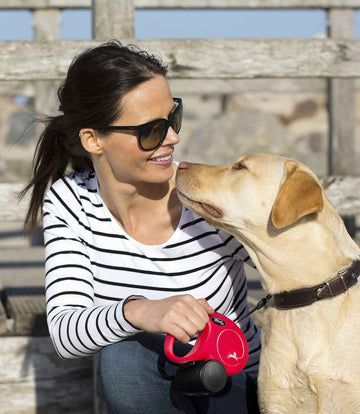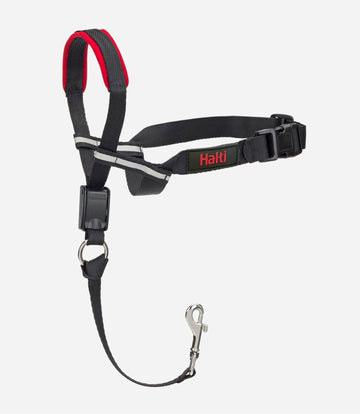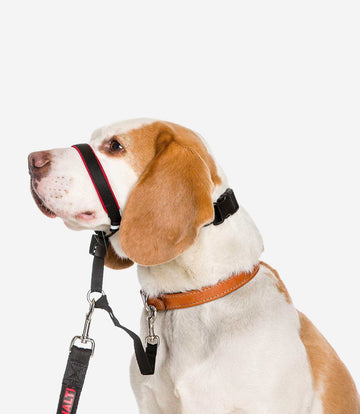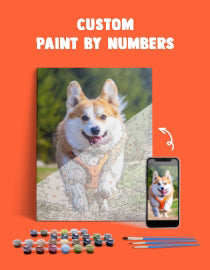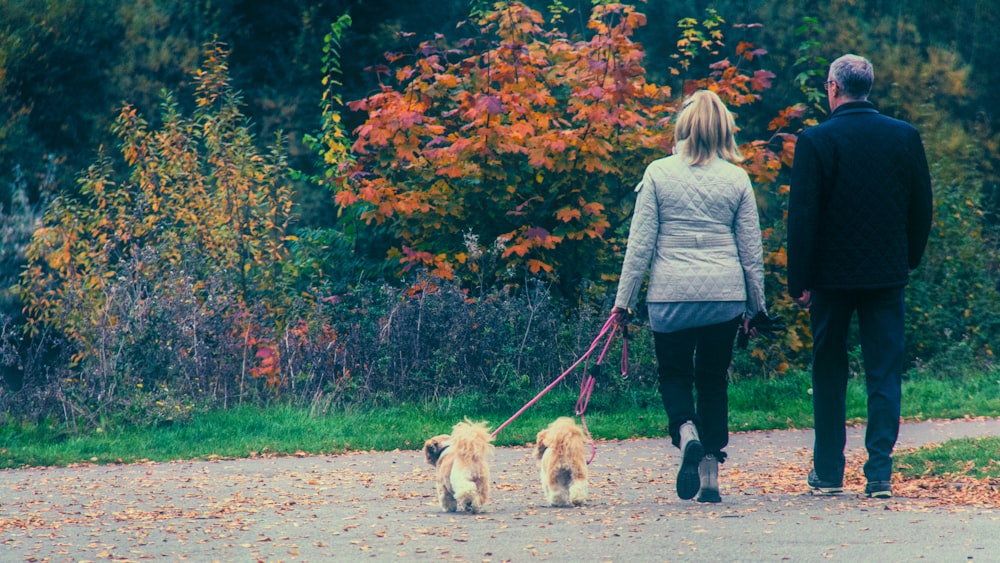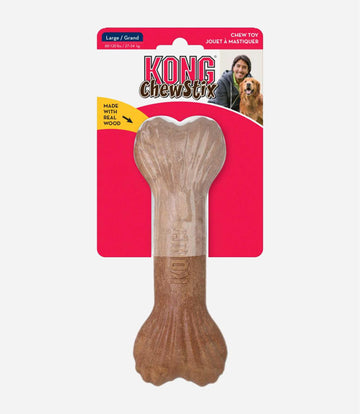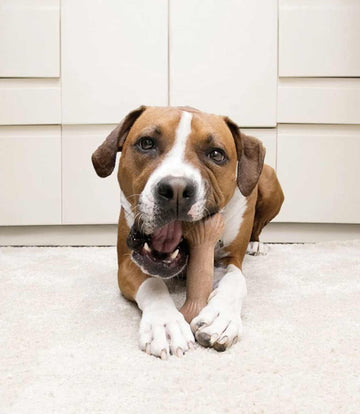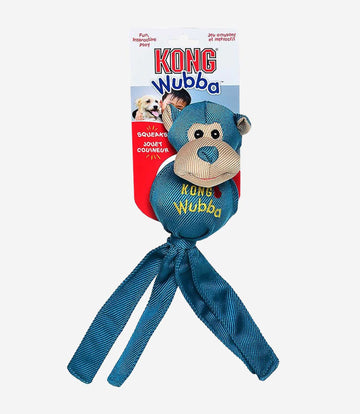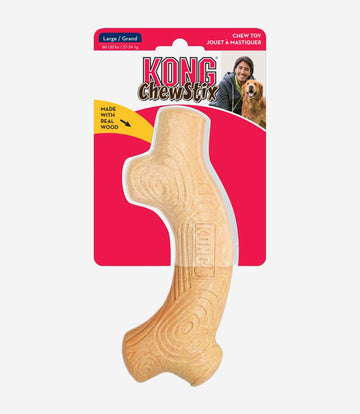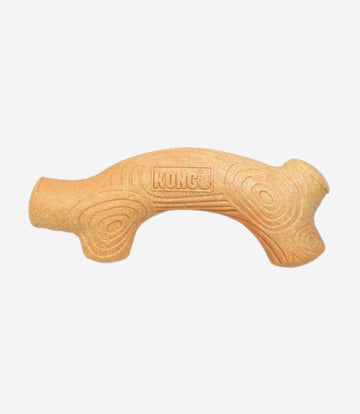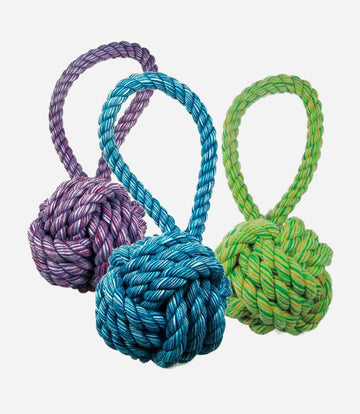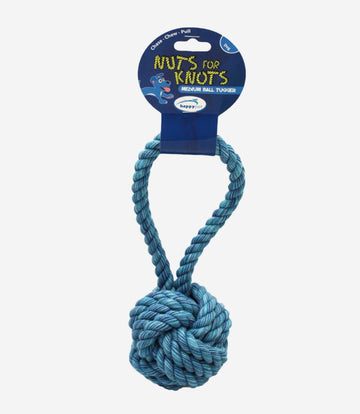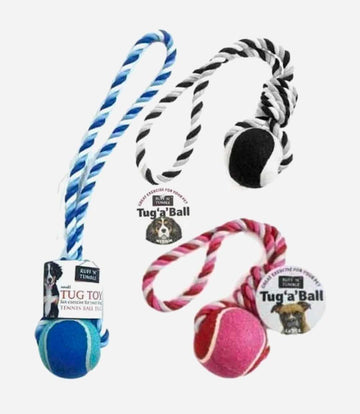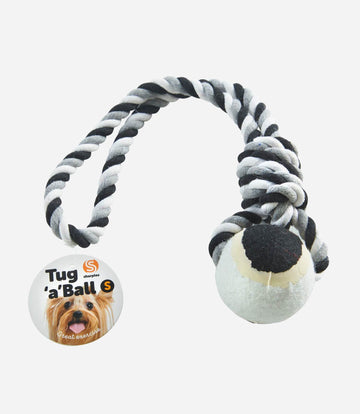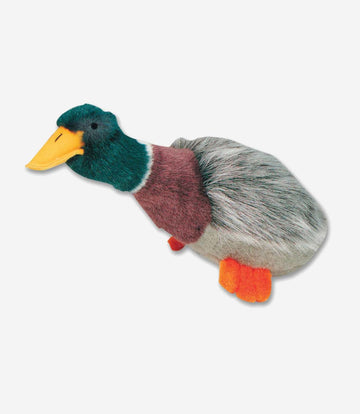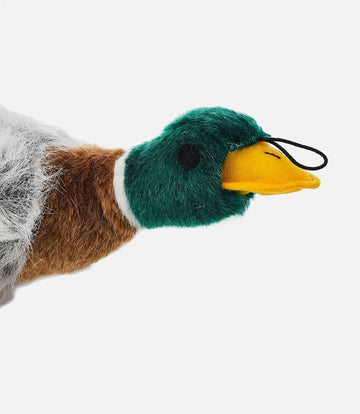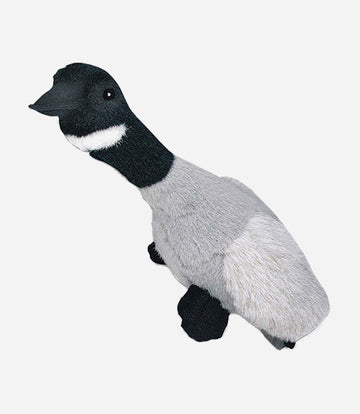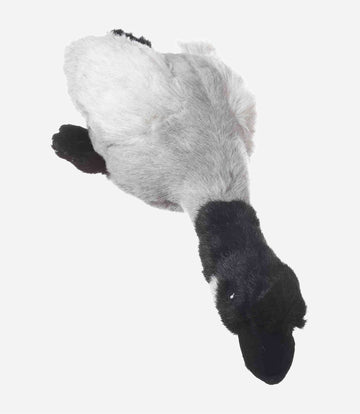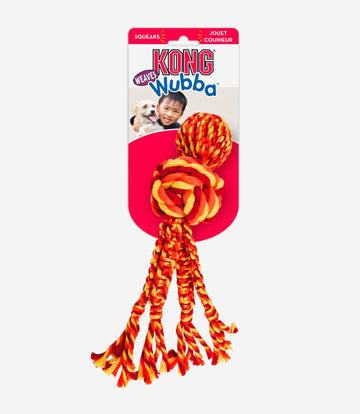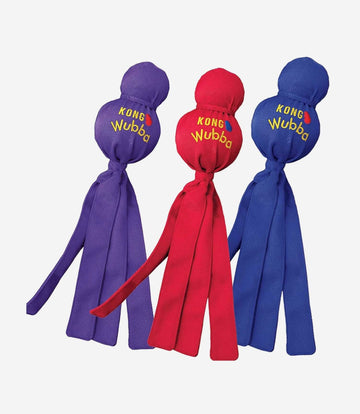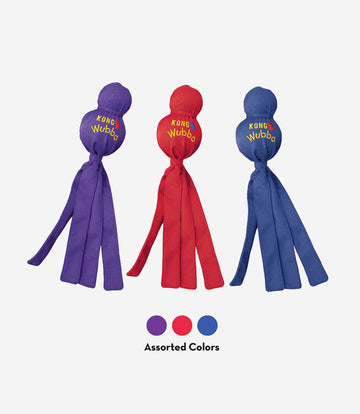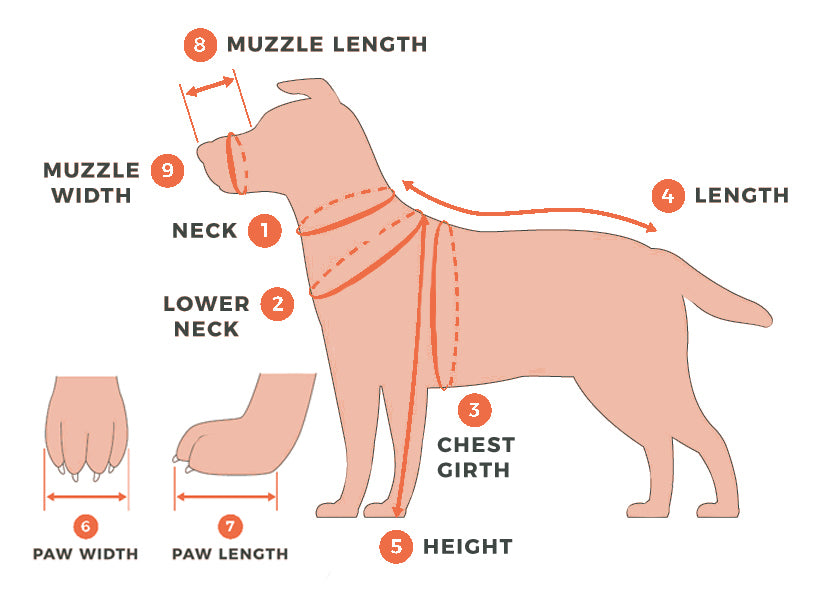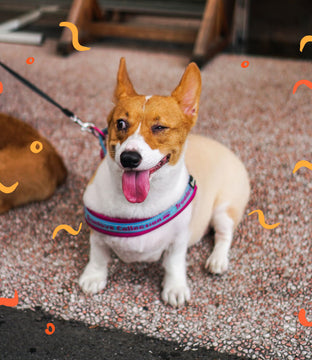How To Train Your Puppy? Tips and Tricks From Experts
Training a new puppy can be a lot of fun, but it can also be a lot of work. If you're fresh to dog ownership or just new to training puppies, you may not know where to start. Fortunately, many resources are available to help you train your puppy effectively. In this post, we'll discuss some essential tips for training puppies, including toilet training, and provide links to more in-depth guides. So whether you're just getting started or need some ideas for troubleshooting, keep reading for tips on how to train your puppy.

How To Train Your Puppy?
A new puppy in your house will bring a lot of excitement, but it's not always easy. They can be very noisy and hard to train because they are so little. But with some patience, you'll find that training them makes for excellent bonding time between pup-owners as well as allowing yourself to establish good habits. Here are some tips that you can follow to train your puppy

Start With Crate Training
The first few weeks of owning a puppies are challenging, but crate training can help them settle in and learn their routine. Once they adjust to their new schedule, you'll be able to set rules for bedtime, meal times, etc., which will make life easier for everyone. It is important to crate train your puppy from the beginning. There's no point in training them after they become adults, and you will be sorry if that time is gone.
To ensure that your pup has the best chance at making a strong bond with his crate, you should train him from an early age. Place treats or toys inside and lets him explore for a while before letting go so he understands what is expected from him. If your pup has a strong bond with his crate, you can quickly leave him alone when you want to go out.
Toilet Train Your Dog
Toilet training is one of the essential things that a puppy needs to learn when he reaches his new home. The best way to potty train your puppy is by following a schedule. A regular rhythm teaches the puppy that there are certain times for eating, playing, and going-to-the bathroom, which will help him remember when it's his turn in each category. The key here is consistency; make sure you keep up with what works best according to age. A 2 months old puppy can hold his bladder for almost 2 hours. So take them out on a regular time.
One of the best ways to teach your puppy when to go for potty is by taking them outside on the same spot and always using a specific word or phrase when you take them for potty. This will make it easier when you're not there, as they know where to go and what to do. Reward your puppy every time they eliminate outdoors. "But remember to reward only as they have finished doing their business, not when they reach inside the house."
Train Your Puppy To Walk On A Leash
You may think that puppies are always excited to go on a walk, but it can be not easy if they're not trained and taught how to walk properly from an early age. When you get your new puppy, you should also start training at home sometime before taking them to the dog park.
Lead your puppy on a leash outside when you're starting to train them. Always take them somewhere that is less crowded and has few distractions so they can learn better habits early in life, like staying close by their guardian's side at all times for safety reasons. When your puppy starts pulling on the leash, stop and don't walk until he has calmed down.
Socialise your puppy
Socialising your new pup is an integral part of their development. It'll help them become more confident and friendly, which in turn will make it easier for you when introducing them to other people and animals. Dragging them around town or taking the dog out to the city are some great ways. Start this process early on.
Socialising with your dog early on will help him learn how to behave when going out of the house. It helps them build confidence, make friends with other canines (and even stranger!), and remain calm around people they don't know too well yet.
Command Train Your Dog
It's essential to train your dog correctly because they need to know when and how you want them to work. If not, then there could be accidents on the different sites which would cause big messes. Train your dog commands like "sit," "Go," and "stay." These commands help your dog how to behave at home and how to become a good canine citizen.
Practice two to three times a day for 10-15 minutes at first, gradually increasing the time spent practicing as you go on. It will take some weeks before your dog gets it, but it will be better for both of you once they learn.
Train Your Puppy To Live Alone
When you first leave your dog alone, it can be an incredibly stressful experience for both of you. Dogs are social creatures and need human companionship to feel comfortable. Leaving a pup on his own without any distractions can lead dogs into panic mode. To help avoid this traumatic separation anxiety moment at home, teaching new behaviors starts with placing him inside something like a crate. This will help them know there is somewhere safe while still living alone and enjoying.
When you leave your dog alone, always leave a lot of treats and toys with them, so they remain occupied during that time. If it's possible then leave a recently worn cloth for them.
Conclusion
The key to training your puppy is by using positive reinforcement. You can do this by giving them a treat or petting them when they make the right choice. If you want help with this process, we have mentioned some tips and tricks for teaching your dog good behavior. I hope these tips help you in training your puppy.

